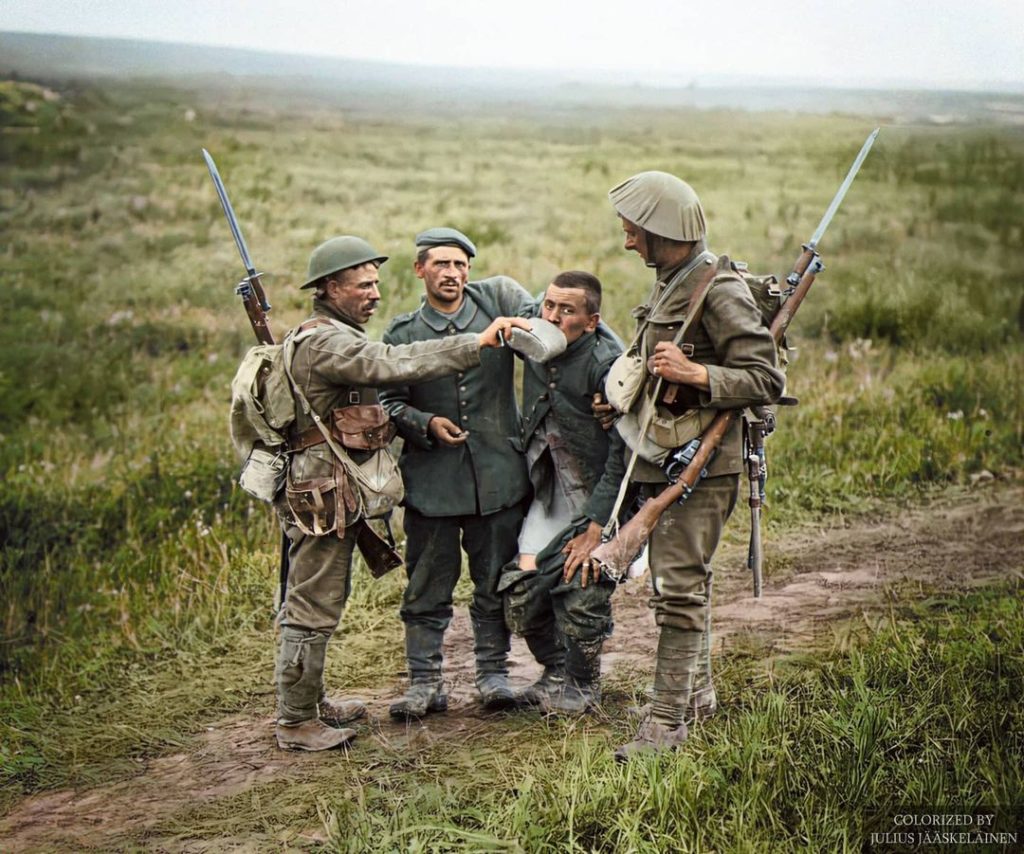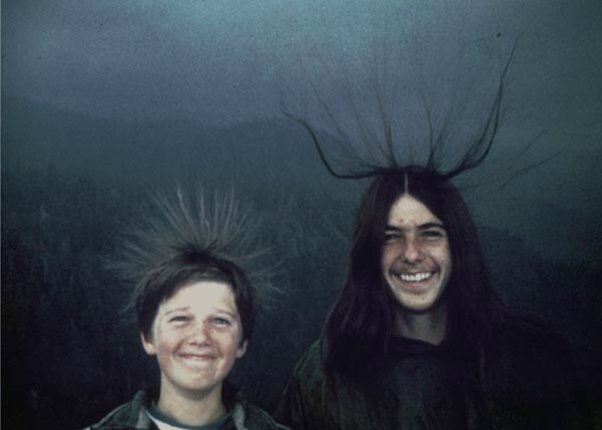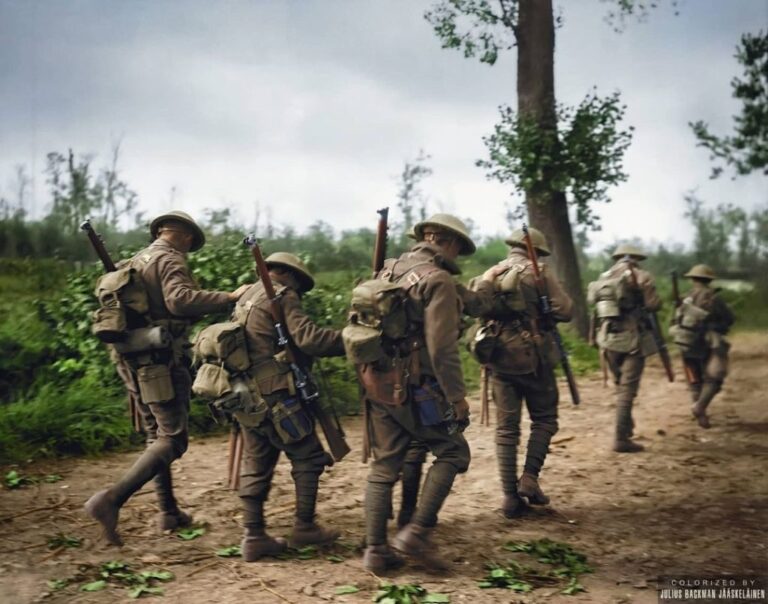How Colorized Photos Are Bringing History to Life
The Evolution of Historical Photography
Early Photography Techniques
The journey of historical photography began with daguerreotypes and tintypes. These early methods captured images in black-and-white, using chemical processes that were both groundbreaking and limited. Daguerreotypes, introduced in 1839 by Louis Daguerre, were the first commercially successful photographic process. They produced highly detailed images on polished metal plates but required long exposure times.
Tintypes, or ferrotypes, emerged in the 1850s and were made on iron plates coated with a light-sensitive emulsion. Unlike daguerreotypes, tintypes were more durable and less expensive, making them popular for portraiture during the Civil War era.
The Advent of Color Photography
The transition from monochrome to color photography marked a significant milestone. In the early 20th century, processes like Autochrome plates (introduced in 1907) allowed for the creation of color images using dyed grains of starch. These were followed by Kodachrome film in the 1930s, which further revolutionized color photography by offering more vivid and stable colors.
However, color photography did not become widely accessible until the latter half of the 20th century, making colorized images of earlier black-and-white photos a novel and intriguing way to re-experience historical moments.
The Art and Science of Colorization
Manual Colorization Techniques
Before the digital age, manual colorization was the primary method used to add color to historical photos. This process involved hand-painting black-and-white images with watercolors or oil paints. Each photo required meticulous attention to detail, as artists had to make educated guesses about colors based on context and historical records.
Manual colorization allowed for a significant degree of artistic interpretation. For instance, artists could choose shades that they felt best represented the mood or atmosphere of the era, which, while enhancing visual appeal, could sometimes introduce subjective biases.
Digital Colorization
With the advent of digital colorization technologies, the process has become more accurate and efficient. Using advanced software tools like Adobe Photoshop, digital artists can apply colors with greater precision. These tools use algorithms to analyze grayscale images and add colors based on learned patterns and historical data.
Digital colorization offers several advantages:
- Enhanced Accuracy: Modern algorithms can analyze and interpret historical data to apply realistic colors.
- Efficiency: Digital tools speed up the colorization process, making it more accessible for large-scale projects.
- Flexibility: Artists can easily adjust and refine colors, ensuring a more accurate representation.
The Impact on Historical Understanding
Colorized photos have a profound impact on how we perceive history. By infusing historical images with color, they help to:
- Humanize Historical Figures: Seeing famous personalities like Abraham Lincoln or Winston Churchill in color can create a stronger emotional connection and make them seem more relatable.
- Enhance Historical Context: Colorization can reveal details that were previously obscured in black-and-white images, such as the colors of clothing, vehicles, and surroundings, providing a richer understanding of historical settings.
Bringing Historical Figures to Life
Colorized images of prominent historical figures, such as Martin Luther King Jr. or John F. Kennedy, often resonate more deeply with contemporary audiences. The use of color helps us to visualize these figures in a way that feels immediate and personal. For instance, colorized photos of Martin Luther King Jr. delivering his “I Have a Dream” speech offer a vibrant look at a pivotal moment in civil rights history, making the experience more impactful.
Enhancing Historical Accuracy
Colorization can also contribute to historical accuracy. By applying researched colors to historical photos, colorists can correct inaccuracies in earlier reproductions. For instance, detailed studies of historical uniforms, buildings, and everyday objects can ensure that colorized images reflect the true appearance of the past.
Controversies and Criticisms
Authenticity vs. Interpretation
Despite their benefits, colorized photos are not without controversy. One major criticism is that colorization can blur the line between authentic historical documentation and artistic interpretation. Critics argue that adding color can alter the original intent of the photograph and potentially distort historical facts.
For example, colorizing a photo from a time when certain colors were symbolic or had specific meanings might change the viewer’s perception of the historical context. This raises questions about whether colorized images can ever truly represent historical authenticity.
The Ethics of Colorization
The ethics of colorizing historical photos is another contentious issue. Some argue that altering historical artifacts, even with good intentions, can be seen as a form of historical revisionism. There is a concern that colorized photos may perpetuate inaccuracies or convey misleading impressions about the past.
Proponents of colorization, however, argue that these images serve as powerful tools for education and engagement, making history more accessible and relatable. They believe that the benefits of bringing historical moments to life outweigh the potential drawbacks.
Case Studies of Notable Colorized Photos
Famous Historical Figures
One notable example of colorized photography is the image of Winston Churchill during World War II. The colorized version of this iconic photo, which originally shows Churchill in black and white, brings out the details of his famous attire and the grim determination in his eyes. This transformation helps viewers connect with the historical figure on a more personal level.
Iconic Historical Events
Another compelling case is the colorization of D-Day landings during World War II. The colorized photos of soldiers storming the beaches of Normandy offer a striking visual representation of the chaos and bravery of the moment. These images not only enhance our understanding of the event but also underscore the courage and sacrifice of those involved.
Colorized photos offer a vibrant new perspective on history, transforming black-and-white images into vivid snapshots of the past. While there are debates about the accuracy and ethics of colorization, these images undeniably enhance our connection to historical events and figures. As technology continues to advance, the role of colorized photos in historical representation will likely become even more significant.
Call to Action
Explore the world of colorized historical photos to see history in a new light. Whether you’re interested in famous figures, iconic events, or everyday life, these images offer a unique and engaging way to connect with the past.
References
- The History of Color Photography
- Manual vs. Digital Colorization
- Controversies in Historical Colorization
Feel free to reach out if you have any more questions or need further information!

Thanks to modern technology, it is now possible to accurately and beautifully color photos. People like Marina Amaral and Mads Madsen have pioneered these techniques, creating a breathtaking portfolio of work.
It’s not just experts who can do it. The accessibility of programs means anyone can get started bringing photos to life in color. There are even specific AI programs that can colorize videos or photos with an astonishing degree of accuracy. Just take a look on YouTube at what some of these programs have done to early 20th century video.
Some argue that colorized photographs are not true to history because they are not the way the events happened. However, this argument ignores that black-and-white photographs are also false. In reality, both colorized and black-and-white photographs are interpretations of history.
What is essential is that colorized photographs bring history to life in a way that has never been possible before. By providing a more realistic view of the past, these photographs are helping people to understand better and appreciate history.
In the past, we’ve put together several posts showcasing colorized photos from different eras.
Take a look at some of our favorites:
- 10 Colorized photos from the American civil war
- 32 Beautifully Colored Photographs of Famous People
- 27 Amazing Photos of World War Two in Color
- 34 Photos of World War One in Color
- Color Photos Of The ‘Titanic’ That Bring It Back To Life






